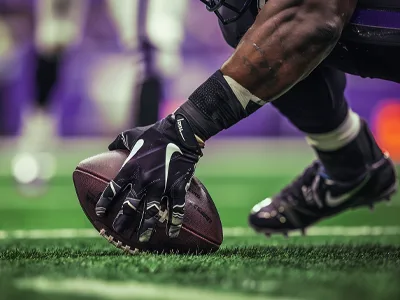In NFL futures betting, hedging can be a useful tool in managing risk with intention
Bet hedging plays an important role in managing risk in NFL futures betting. While futures wagers offer high potential returns, they also come with long timelines and unpredictable variables—injuries, roster changes, and surprise contenders can all affect outcomes. Hedging helps bettors protect themselves from losing their entire stake, especially when a bet gets close to paying off.
In NFL futures, bettors often place wagers before or during the season on things like a team to win the Super Bowl, a division, or a specific player to win an award. If the wager is still alive near the end of the season and showing good value, hedging allows the bettor to lock in a profit or limit losses by placing additional bets on opposing outcomes.
For example, if you bet early in the season on the Detroit Lions to win the NFC at +1200 and they make it to the title game, you could place a bet on their opponent to win. This way, regardless of the outcome, you guarantee some return—though the total profit may be less than if you let your original bet ride and it wins.
Hedging isn’t just about playing it safe; it’s also about understanding timing and value. Jumping in too early to hedge can reduce potential returns unnecessarily. Waiting too long, however, can limit your options or force you to hedge at poor odds. Smart hedging depends on reading the betting market and evaluating how much you’re willing to risk versus lock in.
Some bettors also use partial hedging, where they cover only a portion of the bet, maintaining upside while reducing exposure. Others might use live betting during key games to adjust their hedge in real-time.

